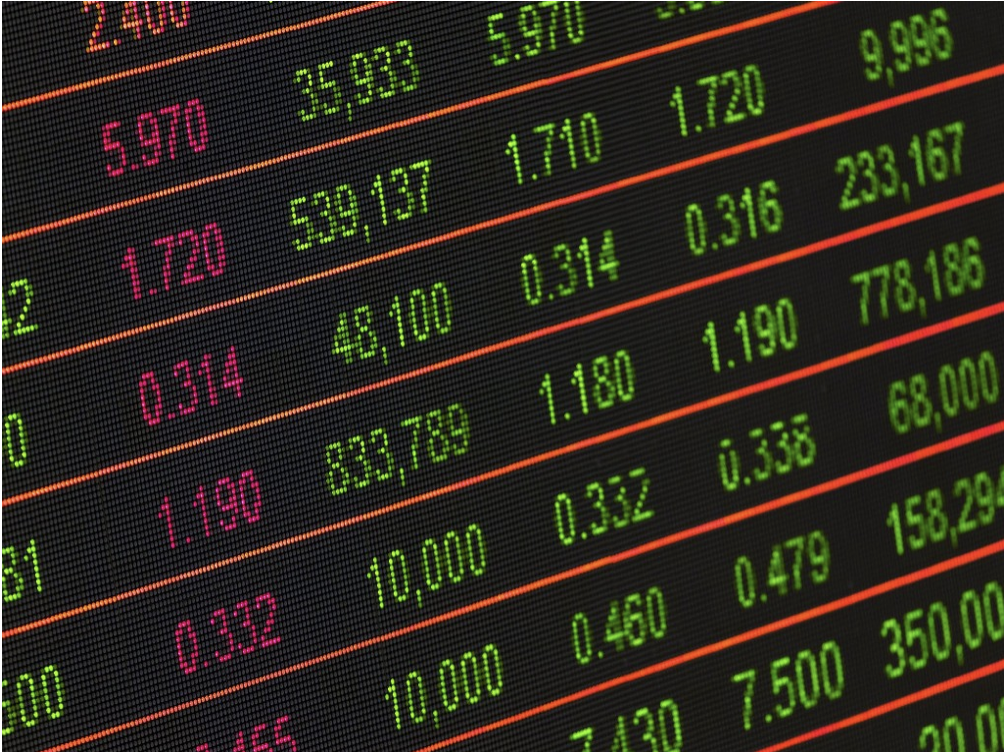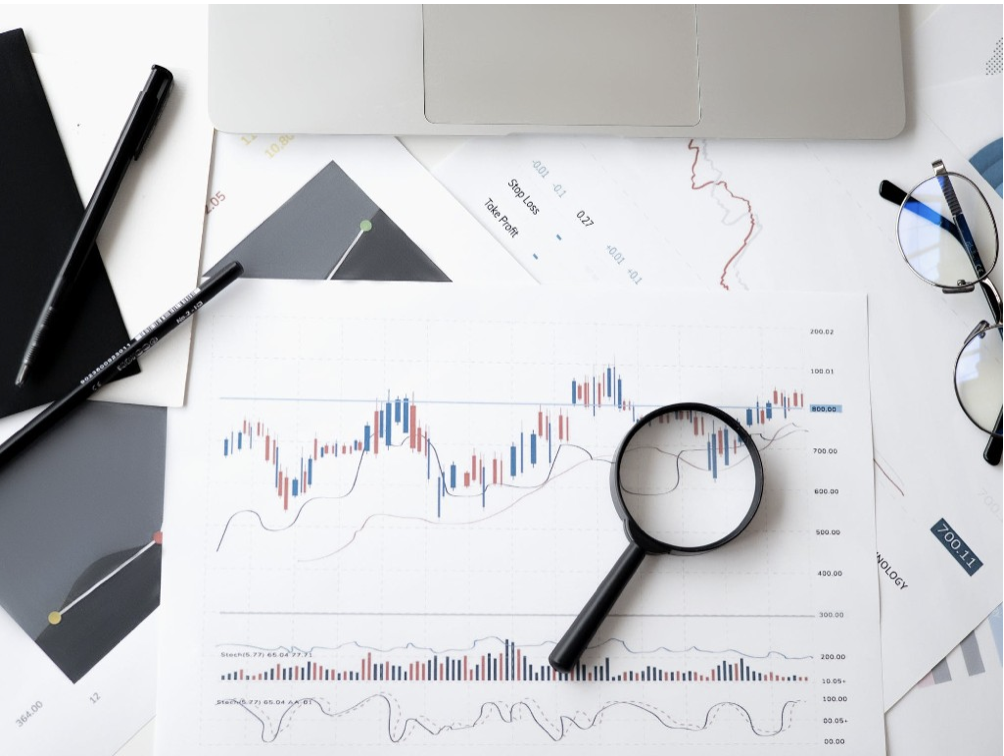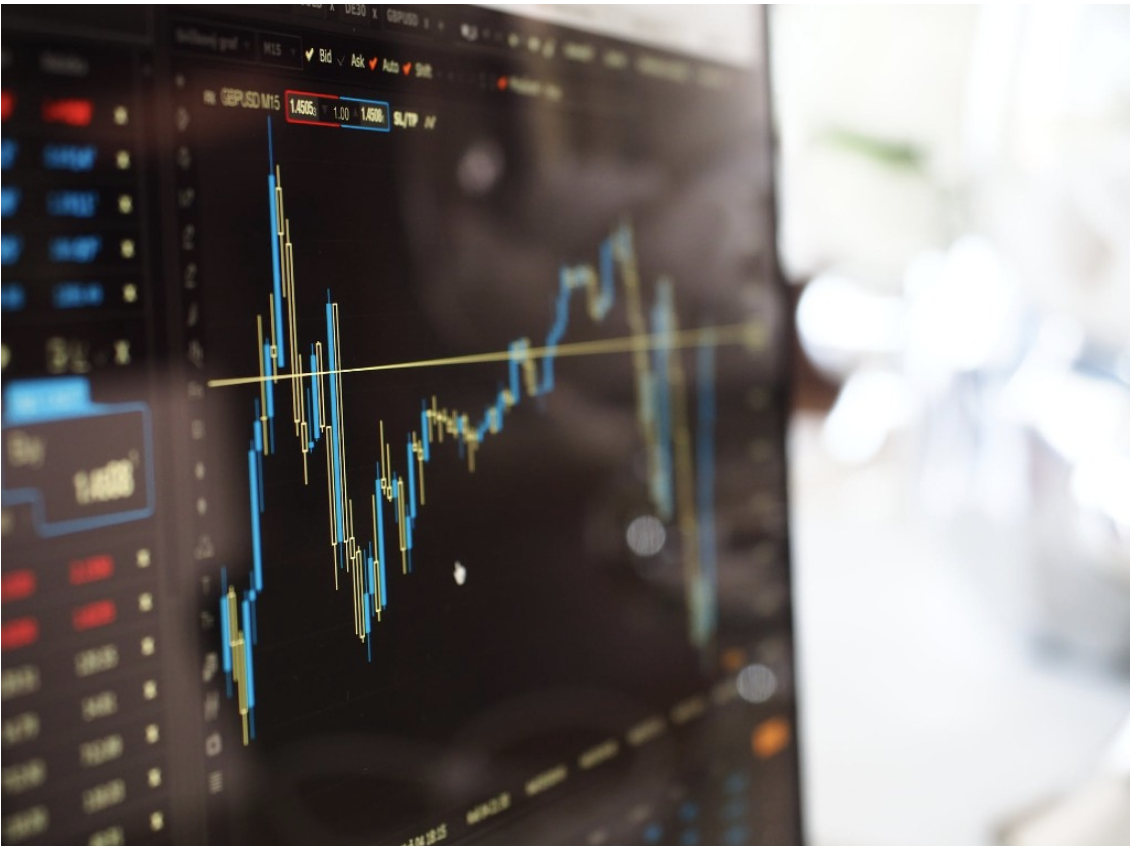On a trading platform like OANDA, CFD trading is the means of speculating on the underlying price of an asset – such as shares, indices, commodities, currency, and more. A contract for difference, or CFD, is a derivative that allows you to trade the price movements of various financial markets. When you trade this way, you don’t own the underlying asset; instead, you have exposure to its price changes.
If you’re seeking a means to trade rising or falling markets while also being able to open a margin position, CFDs may be the way to go.

How they work
Traders can trade in the price movement of securities and derivatives using CFDs. Financial investments that are derived from an underlying asset are known as derivatives. Investors can use CFDs to bet on whether the price of an underlying asset or security will rise or fall. Traders can bet on whether the price will climb or decline using CFDs. Traders that expect a price increase will purchase the CFD. Those expecting a negative price movement, on the other hand, will sell their opening position.
If the price of an asset rises, the buyer of a CFD will offer their holding for sale. The difference between the buy and sale prices is added together to get the net difference. The investor’s brokerage account settles the net difference, representing the trades’ profit or loss. If a trader feels the price of a security will fall, they can open a sell position. They must buy an offsetting transaction to close the position. The difference between the gain and loss is again settled in cash through their account.
Multiply the deal size of your position (the total number of contracts) by the value of each contract to calculate the profit or loss from a CFD transaction. Then multiply that number by the point difference between the price when you started the trade and when you finished it.
Benefits of CFD Trading
It’s easy to see why CFDs have been so popular in recent years, with access to a wide choice of markets, leverage, and flexible short trades. However, consider the following arguments for trading CFDs if you’re still undecided.
Capital goes further – CFDs allow you to stretch your investment capital further by requiring only a fraction of the total amount of your trade to create a position. A margin is the amount of money you’ll have to put down as a deposit.
Wide range of markets – CFDs are available on over 17,000 marketplaces. Over 16,000 stocks and ETFs, 80 of the world’s most significant indices, 30 commodities, all major, minor, and exotic currency pairs, and more are available. To take advantage of economic and political developments and announcements, you can trade various markets outside of trading hours.
More Hedging options – CFDs can be used to hedge risk in both leveraged and non-leveraged portfolios if you have other active trades or investments. Hedging is the process of strategically opening new positions (such as CFD trades) to protect existing positions against unpredictable changes in market conditions or to offset prospective losses.
Flexibility – Given the possible volatility of CFD holdings, many brokers provide various trade size options. As a result, brokerages can cater to a broad spectrum of traders, particularly beginners and casual traders who want to try different investment techniques while reducing their risk.

Because of its capacity to optimize capital investments and, as a result, boost your potential gains or losses, contract-for-difference (CFD) trading is a popular alternative to traditional investing. Over the last decade, this forex trading strategy has gained popularity, especially since some brokerage firms now offer negative balance protection to restrict significant losses that place your trading account in debt.

